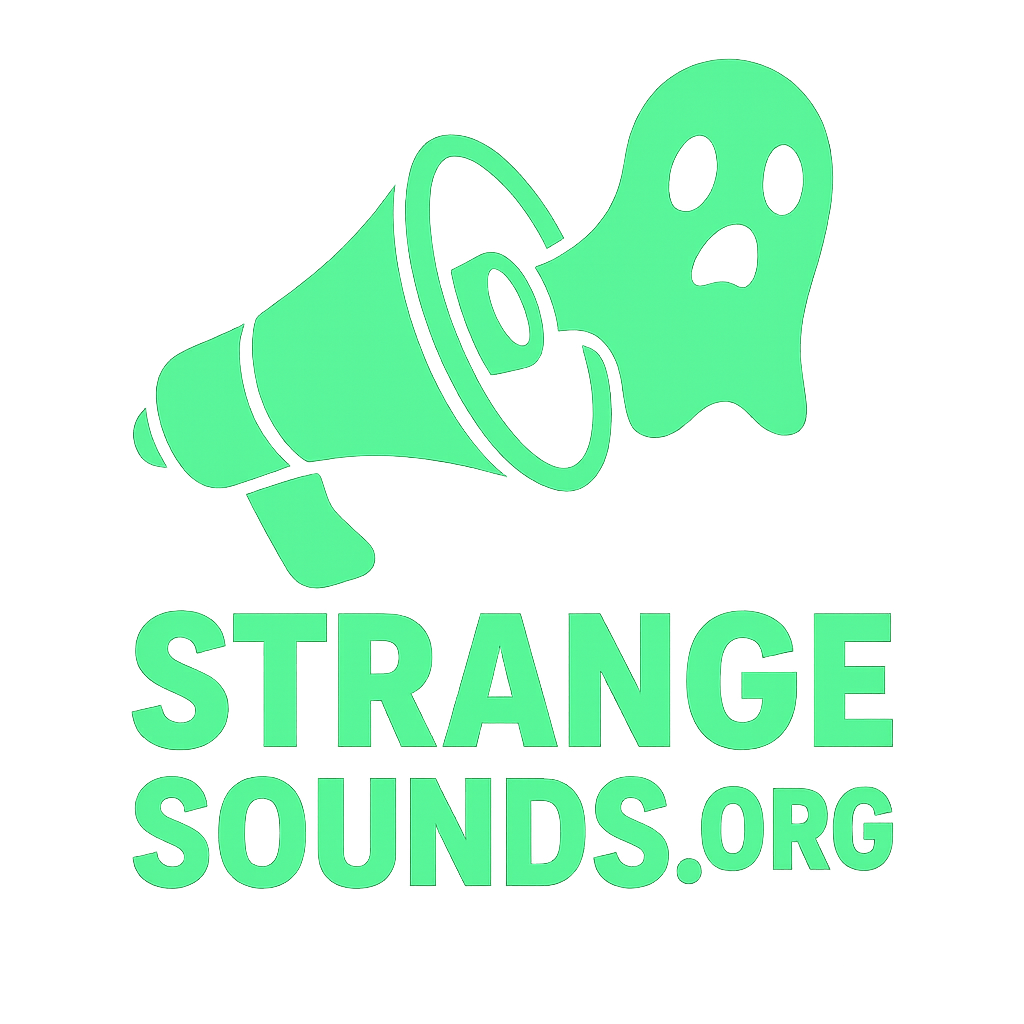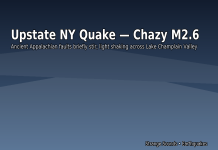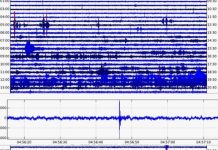
Where the Earth Speaks
The sounds are most often associated with the ridge between Mt. Tom and Cave Hill, within and around today’s Machimoodus State Park. “Machimoodus” itself comes from an Algonquian phrase meaning “place of bad noises.” Access varies (Cave Hill includes private resort land), but the broader state-park area is a classic listening zone—especially on still days when sound carries.
Ancient Belief: Hobomok’s Voice
Long before colonists wrote anything down, Native peoples—Wangunk and other Algonquian speakers—framed the rumbling as the presence of a powerful spirit known as Hobomok. Early tellings placed Hobomok beneath Mt. Tom, his moods echoing as thunder from the ground; Puritans later branded the phenomenon demonic, but for the tribes the being was more complex—capable of good or harm depending on… well, the mood.
Science: Tiny Quakes, Big Sound
Modern geologists attribute the noises to very small, very shallow earthquakes in unusually strong, brittle crust. The shape of the hills and fractures in the bedrock can amplify the cracks and pops into booms that sound like cannon fire or a far-off explosion. The area has rattled for centuries (notably in the 1700s) and was studied again in the 1980s due to a nearby nuclear plant—finding no sign of imminent, damaging quakes, just a quirky, noisy landscape.
Weird Lore & Pop Culture
- Lovecraft vibes: Scholars note that the eerie ground-sounds around Moodus helped color H. P. Lovecraft’s The Dunwich Horror—that famous New England tale where hills mutter and things best left unnamed stalk the backwoods.
- Team spirit: Moodus’s high school teams at Nathan Hale-Ray proudly call themselves the Noises. Few mascots growl straight out of the bedrock—this one does.
When & How to Listen
The booms are sporadic and hard to predict—sometimes a single shotgun-like crack, sometimes rolling thunder underfoot. Reports cluster near Mt. Tom/Cave Hill; on calm days, the sound can travel. If you go, stick to public land (Machimoodus State Park) and respect private property boundaries around resorts and residences.
Strange Facts at a Glance
- The town name “Moodus” truncates Machimoodus: “place of (bad) noises.”
- Colonial records mention rumbling here as early as the early 1700s.
- Studies suggest ultra-shallow quakes + echo-friendly topography = outsized booms.
Related Reads
FAQ — Moodus Noises
What are the Moodus Noises?
The Moodus Noises are mysterious ground-borne booms and rumbles reported in and around Moodus, Connecticut—especially near Mt. Tom and Cave Hill—described as cannon-like cracks, low thunder, or distant explosions.
What causes the Moodus Noises?
Most researchers attribute them to very small, very shallow micro-earthquakes in brittle bedrock. Local topography and rock fractures can amplify the sounds, making tiny quakes boom like much larger events.
Are the Moodus Noises dangerous?
They’re linked to micro-earthquakes that are usually heard more than felt. Investigations have not indicated a heightened risk of damaging earthquakes; they are startling but generally not dangerous.
Where can I hear them without trespassing?
Use public trails at Machimoodus State Park near Mt. Tom. Cave Hill includes private property; always respect posted signs and stay on designated public paths.
Is there a best time to hear the sounds?
Reports are sporadic and not predictable. Calm, quiet conditions can make the sounds easier to notice, but there is no reliable season or schedule.
How do the Moodus Noises connect to local legend?
Indigenous traditions associated the rumbles with the spirit Hobomok, and colonial accounts recorded centuries of activity. The name Machimoodus is often translated as “place of bad noises.”
Did the Moodus Noises inspire H. P. Lovecraft?
Yes. The eerie ground sounds of the lower Connecticut River Valley helped shape the atmosphere in Lovecraft’s New England horror—especially in stories like “The Dunwich Horror.”
Get Involved
- 📩 Report a strange humming noise (time, location, indoors/outdoors, recordings).
- 📰 Subscribe to our newsletter… You will love it?
- 👍 Follow Us on Facebook · X // Twitter
❤️ Support Strange Sounds
We cover the world’s weird audio — from sky trumpets to The Hum — and the very human struggle with tinnitus.
StrangeSounds.org stays independent thanks to readers like you. If you find value in our work, consider fueling the mission:
💙 Donate via PayPal
🔥 Give through Donorbox
Every contribution keeps Strange Sounds alive, weird, and free. Thank you! 🌍












